Explore our projects & studies
Explore our projects & studies
From Artificial Intelligence to Human-Computer Interaction and Software Architecture, our research team tackles complex problems across many domains. We seek at providing the best of modern technology for public services, health-care and industry.
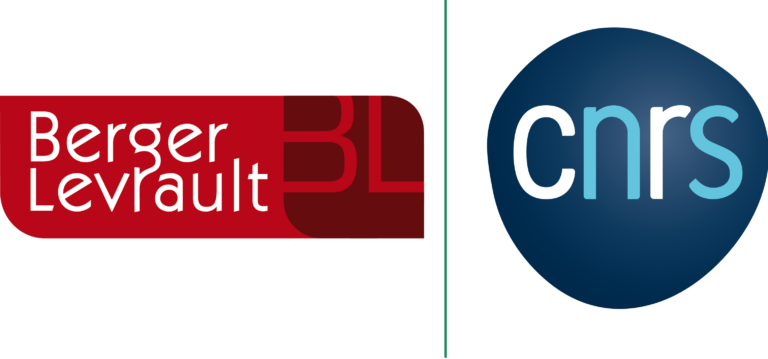
Berger-Levrault and CNRS sign a strategic partnership
We have been working for many years with the CNRS. Dozens of CIFRE theses and collaboration contracts have enabled us to explore a very wide range of potential in the fields of artificial intelligence, sustainable cities, advanced human-machine interaction, automatic language processing, etc. This relationship, which is dear to us,
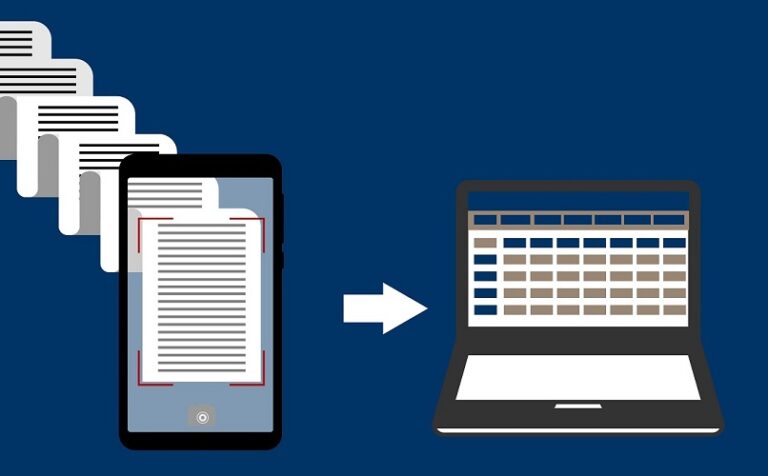
Active learning for intelligent document processing
Data is a key component of decision making. Today, companies deploy complex processes to automate the collection, storage and processing of large amounts of data. Most of this data is in the form of unstructured documents. Berger-Levrault’s software solutions handle documents of various natures: invoices, forms, etc. Unfortunately, this unstructured
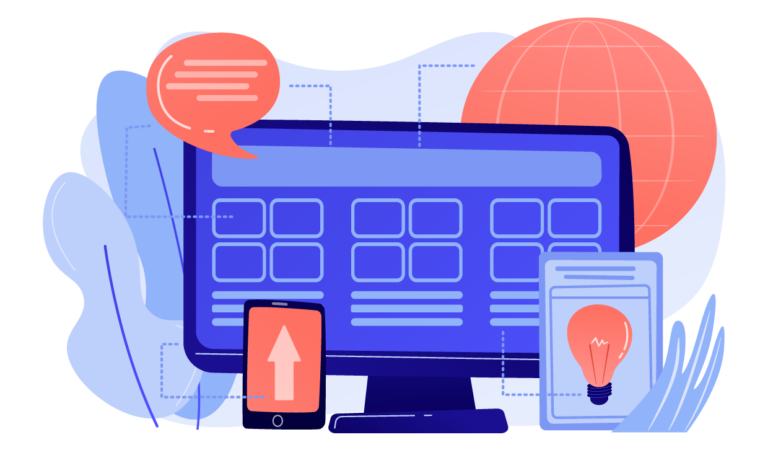
What are Emergent Software Systems about?
Nowadays, due to the constant evolution of the software systems’ operating environment, modern software systems become increasingly complex and larger which makes their management and evolution difficult for a development team. These challenges pushed the IT (Information Technology) community to develop solutions that aim to assign the responsibilities of adaptation
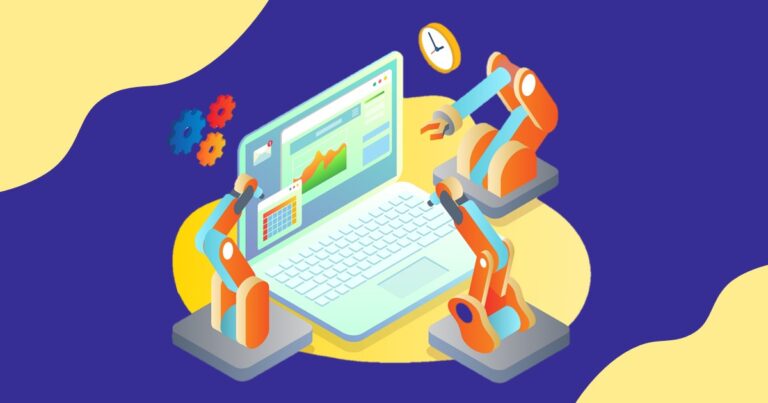
BL.Assistant: Towards an Human-AI Teaming Platform
At work, you can have the best position ever (at least from your point-of-view), there are always boring and repetitive tasks to do that make you feel like you’re wasting your time. At Berger-Levrault, we aim to your life easier, that’s why we worked on BL.Assistant, a platform able to
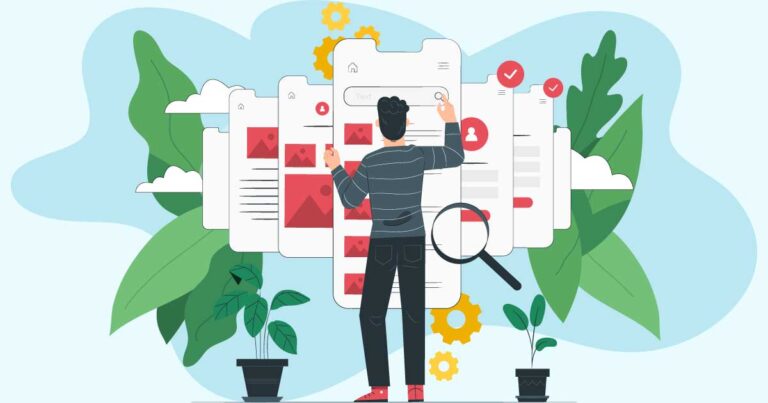
Towards measuring energy consumption of infrastructure architectural choices of web applications
Reducing our environmental footprint became a priority to save the planet. According to a recent Green IT study, the global environmental footprint of digital technology is equivalent to a continent two to three times the size of France and five times the weight of the French car fleet. Hardware manufacturers
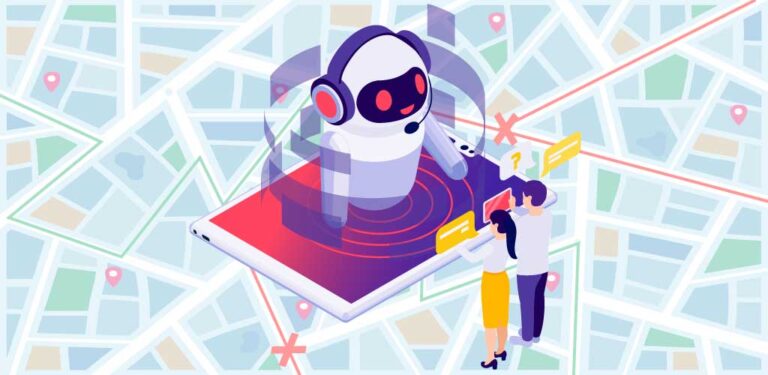
BL.OptiMAS: a Multi-Agent System-based model towards resolution of Routing and Scheduling Problem under uncertainties
Home care aims to provide appropriate health services to patients in the comfort of their home. This kind of services must be provided on a daily or weekly basis. To organize caregivers rounds, managers use predefined programs that specifies the cares services to be carried out, as well as the
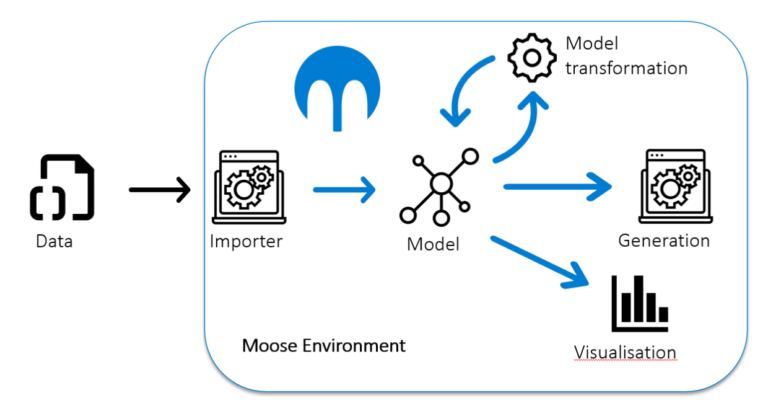
Visualize your codebase with Moose
Developing an application is teamwork. It requires complementary skills to make it run smoothly. Though, bugs happened frequently and it’s not easy to read the code and all its interdependencies. So the easiest way would be to call your colleague who worked on it, but he has a flu and
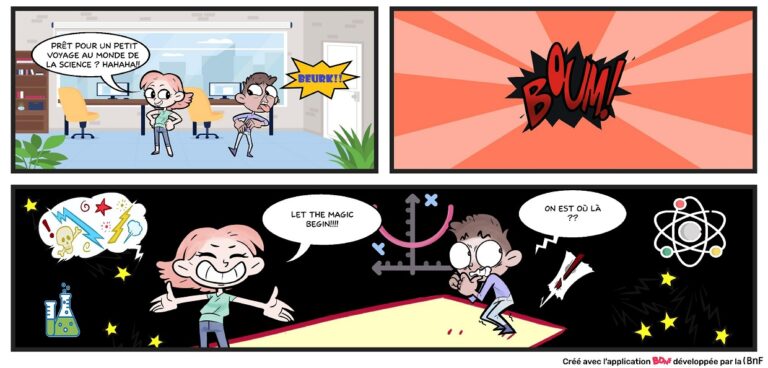

Pascal Zaragoza Ph.D. thesis defense: Model-driven migration of monolithic applications towards a microservice-oriented architecture
The passage to Cloud Computing fostered the development of new architectural styles to take advantage of its capabilities. The microservices oriented architecture (MSA) is the last style to emerge. This architecture is organized around small services focused on specifics business features, operating in independents processes and communicating through light interfaces.
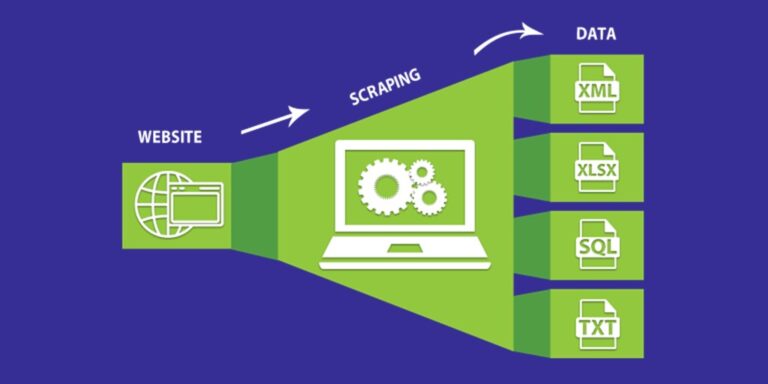
RPA to automatically collect contacts over the web
To improve Berger-Levrault network, we work in collaboration with the sale department to collect the last news about DGS (Director General of Services) in France. The DGS is directly linked to the elected representative and insure the general coordination of services to implement municipality’s projects. This strategic position embodies the
